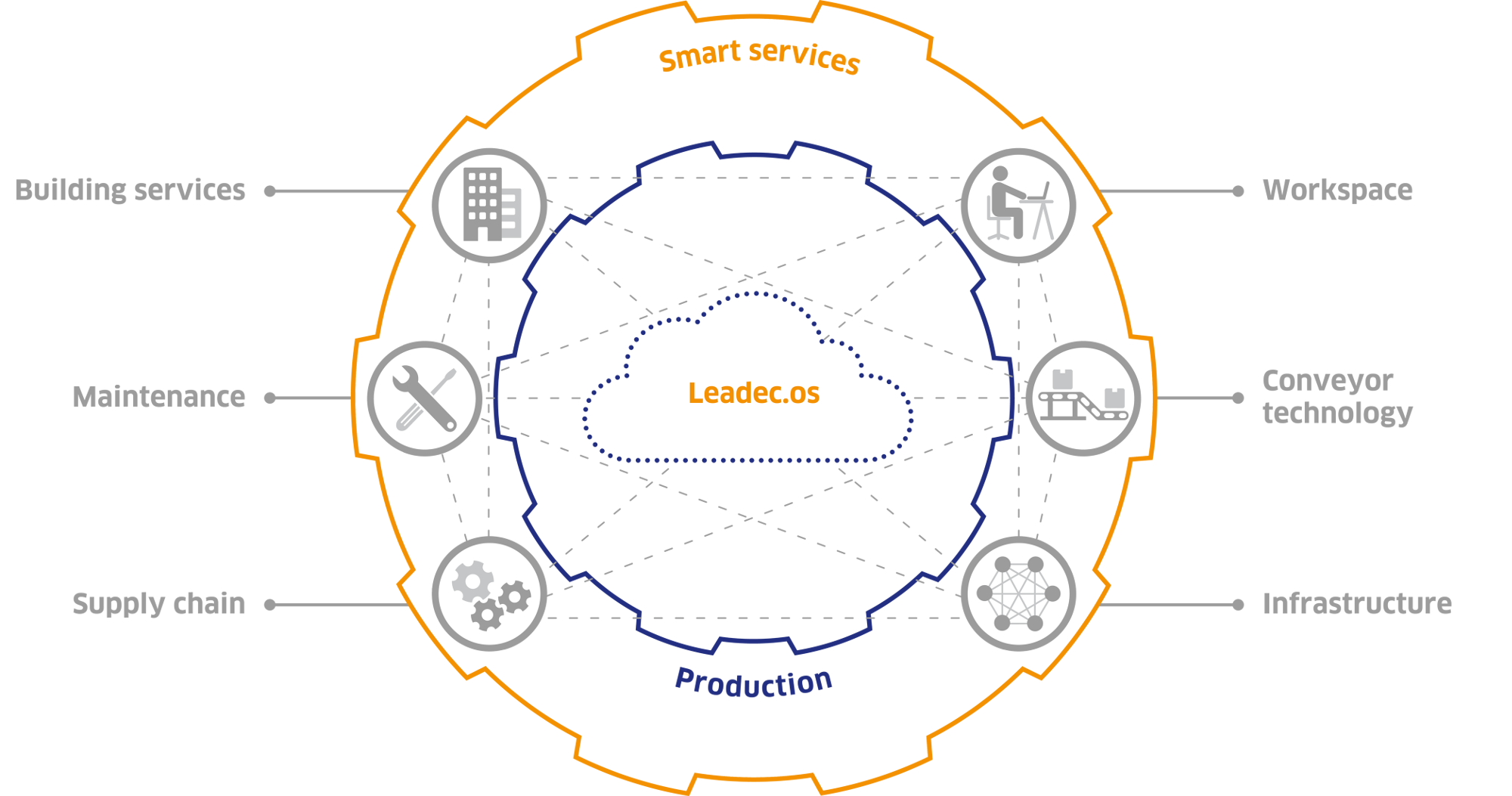
The Rise of Smart Logistics with IoT
In today's fast-paced and interconnected world, logistics plays a crucial role in ensuring the smooth flow of goods and services. Traditional logistics methods often face challenges such as inefficiencies, lack of real-time visibility, and high operational costs. This is where the Internet of Things (IoT) comes into play, revolutionizing the logistics industry and paving the way for smart logistics solutions. An IoT platform is the backbone of these solutions, providing the infrastructure and tools needed to connect, manage, and analyze data from various IoT devices.
What is an IoT Platform for Logistics?
An IoT platform for logistics is a comprehensive software solution that enables businesses to build and deploy smart logistics applications. It acts as a bridge between IoT devices, such as sensors, trackers, and connected vehicles, and the cloud, facilitating seamless data exchange and analysis. These platforms typically offer a range of features, including device management, data ingestion, analytics, security, and application development tools.
Key Components of an IoT Logistics Platform
A robust IoT platform for logistics typically comprises several key components:
- Device Management: This allows businesses to remotely provision, configure, monitor, and manage IoT devices deployed across their logistics operations.
- Data Ingestion and Processing: This component handles the collection, processing, and storage of data generated by IoT devices. It often includes features for data filtering, transformation, and aggregation.
- Analytics and Reporting: This provides tools for analyzing the collected data to gain insights into logistics operations, identify bottlenecks, and optimize performance. This can include real-time dashboards, predictive analytics, and custom reporting capabilities.
- Security: Security is paramount in IoT deployments. The platform should offer robust security features to protect devices, data, and the overall system from unauthorized access and cyber threats. This includes encryption, authentication, and access control mechanisms.
- Application Enablement: This provides tools and APIs for developers to build and deploy custom logistics applications on top of the platform.
Benefits of Using an IoT Platform for Smart Logistics
Implementing an IoT platform for smart logistics offers a multitude of benefits, enabling businesses to:
Improve Visibility and Tracking
IoT devices, such as GPS trackers and sensors, provide real-time visibility into the location and condition of goods throughout the supply chain. This allows businesses to track shipments in transit, monitor temperature-sensitive products, and detect potential delays or disruptions.
Optimize Routes and Delivery Schedules
By analyzing data from IoT devices and other sources, the platform can optimize routes and delivery schedules to minimize travel time, fuel consumption, and delivery costs. This can also improve customer satisfaction by ensuring timely deliveries.
Enhance Warehouse Management
IoT sensors can be used to monitor inventory levels, track asset locations, and optimize warehouse layouts. This can improve efficiency, reduce waste, and prevent stockouts.
Predictive Maintenance
Sensors on vehicles and equipment can monitor their performance and detect potential maintenance issues before they lead to breakdowns. This allows businesses to proactively schedule maintenance, reducing downtime and improving asset utilization.
Reduce Costs
By optimizing logistics operations, reducing waste, and improving efficiency, an IoT platform can help businesses significantly reduce costs associated with transportation, warehousing, and inventory management.
Improve Security
IoT devices can be used to monitor cargo and detect unauthorized access or tampering. This can help prevent theft and ensure the security of goods throughout the supply chain.
Use Cases of IoT in Smart Logistics
The application of IoT in smart logistics spans across various areas, including:
Real-Time Tracking and Monitoring
Tracking the location and condition of goods in real-time, ensuring transparency and accountability throughout the supply chain.
Fleet Management
Monitoring vehicle performance, optimizing routes, and improving driver safety.
Warehouse Automation
Automating tasks such as inventory management, order fulfillment, and material handling.
Cold Chain Monitoring
Maintaining the temperature integrity of temperature-sensitive goods during transportation and storage.
Predictive Maintenance for Logistics Assets
Predicting equipment failures and scheduling maintenance proactively to minimize downtime.
Choosing the Right IoT Platform for Your Logistics Needs
Selecting the right IoT platform is crucial for the success of your smart logistics initiatives. Consider the following factors when evaluating different platforms:
Scalability
The platform should be able to scale to accommodate your growing IoT device network and data volumes.
Security
Ensure the platform offers robust security features to protect your devices, data, and overall system.
Integration Capabilities
The platform should seamlessly integrate with your existing logistics systems and applications.
Ease of Use
The platform should be easy to use and manage, with intuitive interfaces and comprehensive documentation.
Cost
Consider the total cost of ownership, including platform fees, device costs, and implementation costs.
Industry-Specific Features
Some platforms offer features specifically tailored to the logistics industry, such as support for specific protocols and data formats.
Examples of IoT Platforms Used in Logistics
Several IoT platforms cater specifically to the logistics industry. Some notable examples include:
- AWS IoT
- Microsoft Azure IoT Hub
- Google Cloud IoT Platform
- IBM Watson IoT Platform
- ThingWorx
Each platform offers a unique set of features and capabilities, so it's important to carefully evaluate your needs and choose the platform that best fits your requirements.

0 Comments